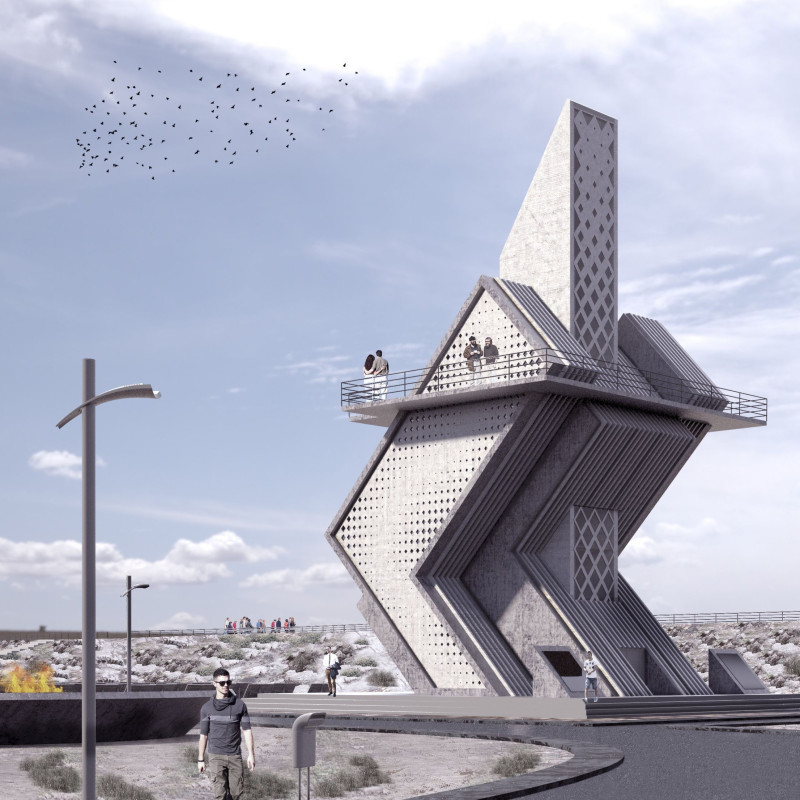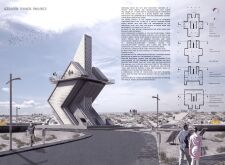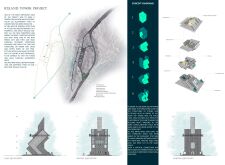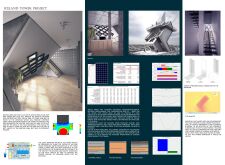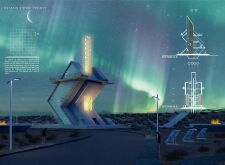5 key facts about this project
The tower's design is characterized by its dynamic architectural form and thoughtful integration of materials that reflect the local landscape. The structure features multiple levels, providing visitors with various vantage points to appreciate the breathtaking views of the Icelandic terrain. Each tier of the tower is carefully designed to maximize the experience of the setting while also prioritizing efficient movement throughout the space. This careful planning allows for the efficient flow of visitors, making it easy for them to engage with different areas of the tower and the experiences it offers.
One of the most significant aspects of the Iceland Tower Project is its emphasis on sustainability. The choice of materials, including reinforced concrete, steel, and glass, is indicative of a commitment to durability and environmental stewardship. Reinforced concrete not only ensures structural integrity but also allows for a visually appealing connection to the rugged nature of the surrounding environment. Steel frames are used strategically to support solar energy arrays and create balconies, further enhancing the building's functionality while demonstrating innovative design approaches. The integration of expansive glass panels establishes a seamless transition between the interior and exterior landscapes, promoting natural light and engagement with the site’s breathtaking vistas.
In addition to its aesthetic considerations, the project's design effectively responds to Iceland's unique climatic conditions. Careful attention is given to orientation, allowing the structure to harness solar energy while providing natural ventilation. These thoughtful design decisions help ensure that the building remains comfortable for users year-round, demonstrating a clear understanding of the challenges posed by the local climate.
Accessibility is another key focus of the Iceland Tower Project. The design incorporates pathways that facilitate movement throughout the site, ensuring that visitors can fully engage with their surroundings. This approach elevates the visitor experience, fostering a deeper appreciation for Iceland's natural beauty while maintaining the integrity of the landscape.
In summary, the Iceland Tower Project embodies a comprehensive architectural vision that merges functionality with respect for the environment. By thoughtfully considering materials, design, and the site’s unique characteristics, this project not only serves as a remarkable tourist destination but also as an educational resource that highlights the importance of ecological preservation.
Readers interested in exploring this architectural endeavor further are encouraged to delve into the project presentation and examine architectural plans, sections, designs, and ideas that reveal additional insights and innovative aspects of the Iceland Tower Project. The thoughtful synthesis of form and function within this design offers a compelling narrative worthy of exploration.


